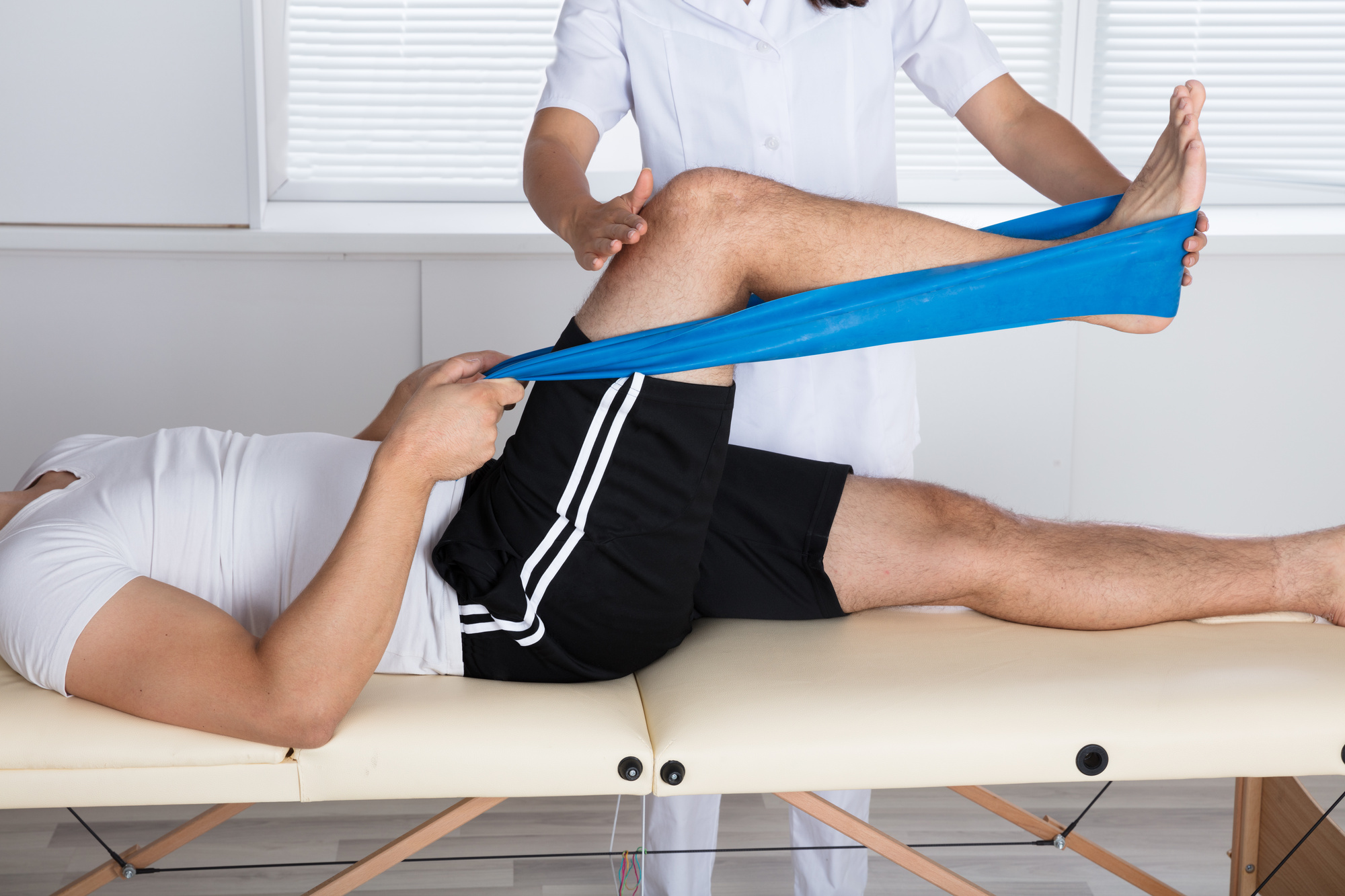One of the most commonly seen injuries in athletics is the ankle ligament injury. This injury often occurs when an individual lands ungracefully or twists their ankle during a match. Symptoms of an foot sprain include discomfort, swelling, and difficulty walking. Prompt care typically involves the R.I.C.E. approach, which stands for Recovery, Ice, Wrapping, and Elevation. This method helps minimize swelling and discomfort. In more serious cases, physical treatment may be necessary to regain strength and flexibility to the ankle before going back to sports.
Another frequent injury is a muscular strain, which can occur in any athletic activity that requires quick movements or intense lifting. Sportspeople may experience a muscular strain when they extend a muscle too far or when they apply too much effort. Symptoms include acute pain, swelling, and muscular spasms. Recovery for muscular strains often entails gentle flexibility exercises and strengthening workouts. Gradually increasing exercise levels is crucial to avoid re-injury. Sportspeople should collaborate closely with a rehabilitative therapist to develop a safe and efficient rehabilitation strategy.
Tendon inflammation is another injury that can affect athletes, particularly those who engage in frequent movements, such physical therapy for athletes as joggers or aquatic athletes. This condition occurs when a tendon, which links muscular tissue to skeletal structure, gets inflamed. Common areas involved by tendon inflammation include the arm, shoulder, and knee. Symptoms often include discomfort and stiffness, especially during movement. Treatment for tendonitis usually involves recovery, cooling, and pain-relief medications. In some cases, rehabilitative treatment may be recommended to improve mobility and power in the injured area.
Preventing athletic traumas is just as important as treating them. Sportspeople can minimize their risk of injury by heating up correctly before events, using the right equipment, and keeping good fitness shape. Power training and flexibility workouts can assist prepare the body for the demands of athletics. Additionally, sportspeople should listen to their physical condition and allow breaks when needed. By understanding frequent athletic traumas and applying effective rehabilitation plans, sportspeople can stay healthy and participate in their beloved sports for years to follow.
